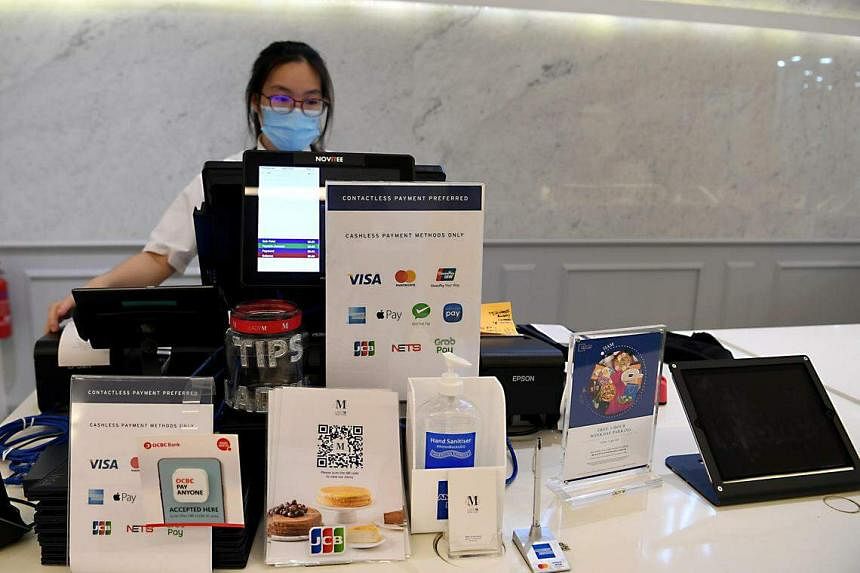Which European banking app is winning the race for customers?
It’s been a decade since Europe’s first neobanks appeared, promising users easier access to their money than older banks, as well as busy interfaces and smart features.
Since then, they’ve had more than their fair share growing pains, and legacy banks have adapted by setting up or improving their own digital banking apps. All this has intensified the battle for customer share in a crowded market.
So who wins? Which digital banking apps have grown the most in the last couple of years? And are older banks starting to catch up with their neobanking counterparts?
To find out, App Radar analyzed how many downloads Europe’s top neobank and legacy banking apps attracted between 2021 and the end of 2022 using data from the Google Play Store. Apple’s App Store data is not included.
Revolut is the most downloaded banking app in Europe
Revolut is Europe’s most popular digital banking app. Since its launch in 2015, it has amassed 26 million app downloads, according to App Radar.
Of its European neobanking peers, Germany’s N26 comes in second: the app has been downloaded 6.5 million times since its launch in 2013. Monzo (5.5 million downloads), Monese (4 million downloads) and Starling (2.8 million downloads) also enters the top five neobanks.
The banks operate on very different scales. Revolut operates in more than 200 countries globally, and N26 operates in 21 countries across the Eurozone. This is a stark contrast to Starling, which only allows UK residents to open accounts, and Monzo, which only launched in its second market, the US, last February.
Revolut still comes out on top for most downloads when you include older banking apps. But older banks’ apps have far more lifetime downloads than other neobank competitors. According to the data, Credit Agricole has clocked up 13 million downloads, Barclays has 11 million, Santander has 10 million and Intesa Sanpaolo has 9.7 million.
JP Morgan’s Chase bank is currently the fastest growing banking app in Europe
JP Morgan’s UK retail banking offering, Chase, saw its app downloads rise by 1,753% between 2021 and 2022. Although that’s helped by the fact that it only launched in September 2021.
Assessing growth figures in the context of how long a banking app has been on the market gives us a better idea of which banks have a better long-term customer acquisition strategy.
Atom Bank, which was the first neobank to launch in the UK in 2013, experienced the fastest growth among its older peers over the past couple of years: app downloads doubled between 2021 and 2022.
Behind it, Viva Wallet increased its downloads by 54%, Tandem Bank by 53%, Monzo by 49%, Revolut by 31% and Metro Bank by 28%.
At the other end of the spectrum, a number of Europe’s neobanks saw downloads drop drastically between 2021 and 2022. Berlin’s Vivid was the worst performer of all banking apps, with growth slowing by 50%, followed by Denmark’s Lunar down by 41%, N26 by 40% and Amsterdam’s Bunq with 29%.
Legacy banks are catching up with neobanks in terms of download growth
Until Europe’s neobanks recently refocused on profitability they have been defined by their focus on hyper-growth. But the data shows that legacy banks are starting to catch up with their digital-only peers in terms of the growth rate of the user base of their own digital offerings.
After Chase, Swiss legacy bank UBS came third of all banking apps for download growth, with an 80% increase between 2021 and 2022.
The UK’s Metro Bank and HSBC’s digital banking arm First Direct also entered the top 10 fastest growing apps in the period, with growth of 28% and 27% respectively.
After that, UK legacy banks Lloyds, Halifax and HSBC saw gains of 16%, 12% and 12% each.
“With the ongoing cost of living crisis, both sides of the market will need to focus on their user acquisition strategy”
Although older banks have a larger overall market share than neobanks to begin with, this growth shows that they have not become stale in the eyes of customers, says Silvio Peruci, CEO of App Radar.
“Medical banks’ gains point to the fact that they are constantly adding new, younger customers or converting existing customers to mobile banking,” he says.
“With the ongoing cost of living crisis, in 2023, both sides of the market will need to focus on their user acquisition strategy, with innovative functionality and smart marketing techniques to attract and retain users.”
But not all older banks win this battle. Virgin’s mobile banking app was the slowest-growing legacy offering, with download numbers down 38%, while Intesa Sanpaolo’s mobile app wasn’t far behind, with a 29% drop in growth.
Amy O’Brien is Sifted’s fintech reporter. She tweets from @Amy_EOBrien and writes our fintech newsletter — You can register here.


